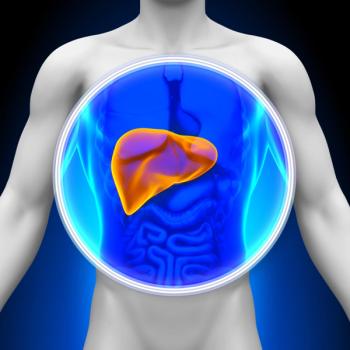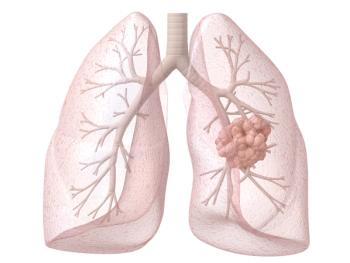
Carcinoma of the Anal Canal: A Feasibility Study
A multi-institutional pilot feasibility study looks at pencil beam scanning proton beam chemoradiation therapy with 5-fluorouracil and mitomycin-C for definitive treatment of carcinoma of the anal canal.
In a multi-institutional pilot study, researchers from Harvard and the University of Pennsylvania seeking to advance treatments for carcinoma of the anal canal, evaluated definitive concurrent chemoradiation with pencil beam scanning proton beam (PBS-PT) in combination with 5-fluorouracil (5-FU) and mitomycin C (MMC). Their research deemed the procedure feasible for this application.
Proton RT has been reported as a promising therapy that reduces acute as well as late toxicity. In the treatment of breast cancer, early reports suggested that dermatologic toxicity increased after passively scattered proton RT, but studies also point to the importance of sufficient treatment duration for optimal cancer outcomes, thus the importance of feasibility testing.
PBS-PT with concurrent 5-FU/MMC is defined as grade 3þ dermatologic toxicity less than 48% (reported grade 3þ dermatologic toxicity from Radiation Therapy Oncology Group 98-11). The study enrolled and analyzed 25 patients between 2014 and 2017. Grade 3þ radiation dermatitis was 24%. Among the 21 patients still alive, median follow-up was 27 months (range, 21-50).
Definitive chemoradiation concurrent with 5-FU/MMC for localized anal cancer is associated with high rates of organ preservation and overall survival, but as with breast cancer, toxicity has been a concern. In this study, reported rates of grade 2+ toxicities were not unlike RTOG 05-29 rates of grade 2+ toxicities, meaning that it is possible that protons may not provide enough benefit to risk ratio in comparison with intensity modulated RT. This may be because 5-FU and MMC contribute significantly to toxicities in this treatment setting. In fact, grade 3+ gastrointestinal toxicity was slightly higher in this study (36% vs 21% in RTOG 05-29), which seemed to be an anomaly when considering the potential of proton RT to preserve anterior organs that might otherwise be affected. This may have been due to the comorbidities that multiple patients in the study had (total body irradiation [n = 1], and inflammatory bowel disease [n = 2]). Further studies may clarify the role of PBS-PT as it relates to toxicity. In the future, treatment strategies with dose de-escalation for early stages of cancer and using capecitabine in lieu of bolus 5-FU may prove a worthwhile strategy for attempting to mitigate RT-related side effects.
The overall rate of clinical complete response in this study was 88%, suggesting that PBS-PT with concurrent 5-FU and MMC is feasible in the clinical setting.
Newsletter
Stay up to date on recent advances in the multidisciplinary approach to cancer.
































































































